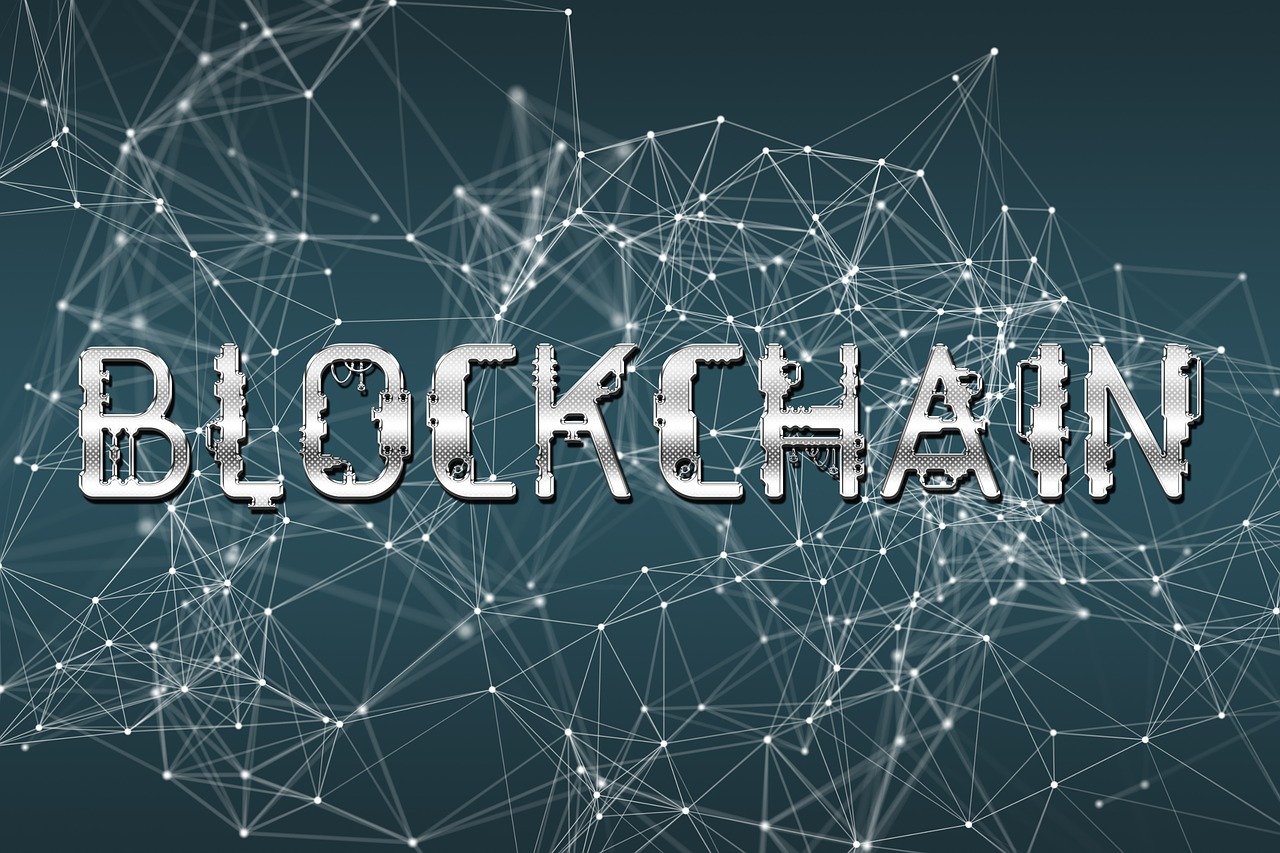As digital systems become increasingly decentralized, blockchain remains the backbone of innovation shaping everything from global finance to data integrity. But while the term “blockchain” is thrown around in boardrooms, startups, and government circles alike, the technology itself is often misunderstood.
In 2025, understanding blockchain is no longer optional—it’s foundational. Whether you’re navigating crypto, enterprise data systems, or the next evolution of the internet, blockchain is what keeps the new digital economy trustworthy, transparent, and secure.
The Basics: How Blockchain Actually Works
At its core, a blockchain is a digital ledger — a continuously growing list of records, or blocks, linked together using cryptography. Each block stores data and a timestamp, along with a cryptographic hash of the previous block. This chaining structure makes it almost impossible to alter past records without rewriting every subsequent block — a feat nearly impossible with sufficient network participants.
Unlike traditional databases controlled by a single entity, blockchains operate across a distributed network. Every node (computer) on the network keeps a synchronized copy of the ledger, ensuring consensus and eliminating the need for a central authority.
When a new transaction occurs, it must be validated by participants using agreed-upon rules — known as consensus mechanisms. Popular ones include Proof of Work (PoW), Proof of Stake (PoS), and newer models like Proof of History (PoH), which balance scalability and environmental sustainability.
Blockchain in 2025: Beyond Cryptocurrency
In 2017, blockchain was nearly synonymous with Bitcoin. By 2025, it’s the infrastructure layer behind an entire generation of technologies.
- Finance & DeFi: Decentralized finance protocols handle billions in daily transaction volume, offering alternatives to traditional banking through programmable smart contracts.
- Supply Chains: From agricultural goods to pharmaceuticals, companies now use blockchain to verify product origins and prevent fraud.
- Digital Identity: Blockchain-based ID systems are transforming how governments and organizations verify individuals securely, especially in emerging economies.
- Artificial Intelligence: With data integrity becoming a growing challenge, blockchains are being paired with AI to ensure transparent data training and prevent model tampering.
This expansion has been accelerated by Web3 adoption, as consumers and developers seek autonomy over data and digital assets. Platforms like Ethereum, Solana, and newer Layer-2 networks have evolved to support faster, cheaper transactions — addressing one of blockchain’s oldest criticisms: scalability.
Regulation and Maturity: The 2026 Outlook
The blockchain landscape of 2026 is entering a phase of governance and consolidation. Regulators across North America, Europe, and Africa are introducing frameworks that balance innovation with consumer protection.
In Kenya and Nigeria, for instance, blockchain-based mobile finance is becoming a legitimate backbone of digital commerce. Meanwhile, in the U.S. and Europe, policymakers are pushing for interoperability standards to ensure different blockchain systems can communicate effectively.
Experts anticipate that by the end of 2026, enterprise blockchain adoption will rival cloud adoption rates from a decade ago. The technology’s appeal lies not just in decentralization but in trust minimization — reducing reliance on intermediaries without sacrificing transparency.
However, challenges remain. Environmental concerns, scalability debates, and the consolidation of power among major crypto infrastructure providers — like centralized exchanges and custodians — continue to test the industry’s “decentralized” identity.
Why Blockchain Still Matters
In an age of AI-generated misinformation, digital fraud, and collapsing trust in institutions, blockchain offers a rare form of verifiable truth. Every transaction, update, and interaction on a blockchain is permanently recorded and publicly auditable.
That transparency makes it invaluable for rebuilding digital trust — a commodity increasingly scarce in 2025’s algorithm-driven information economy.
Moreover, blockchain’s future is not about speculation; it’s about verification. From ensuring election data integrity to certifying AI model provenance, the same cryptographic principles that launched cryptocurrencies are now securing entire ecosystems of human and machine interactions.
The Bottom Line
Understanding what a blockchain is goes beyond technical jargon — it’s understanding how trust will be engineered in the digital era.
As 2025 moves into 2026, blockchain is no longer a disruptive buzzword; it’s an established pillar of digital infrastructure. Its evolution — from cryptocurrencies to data verification — signals a shift toward systems that prioritize transparency, security, and autonomy.




